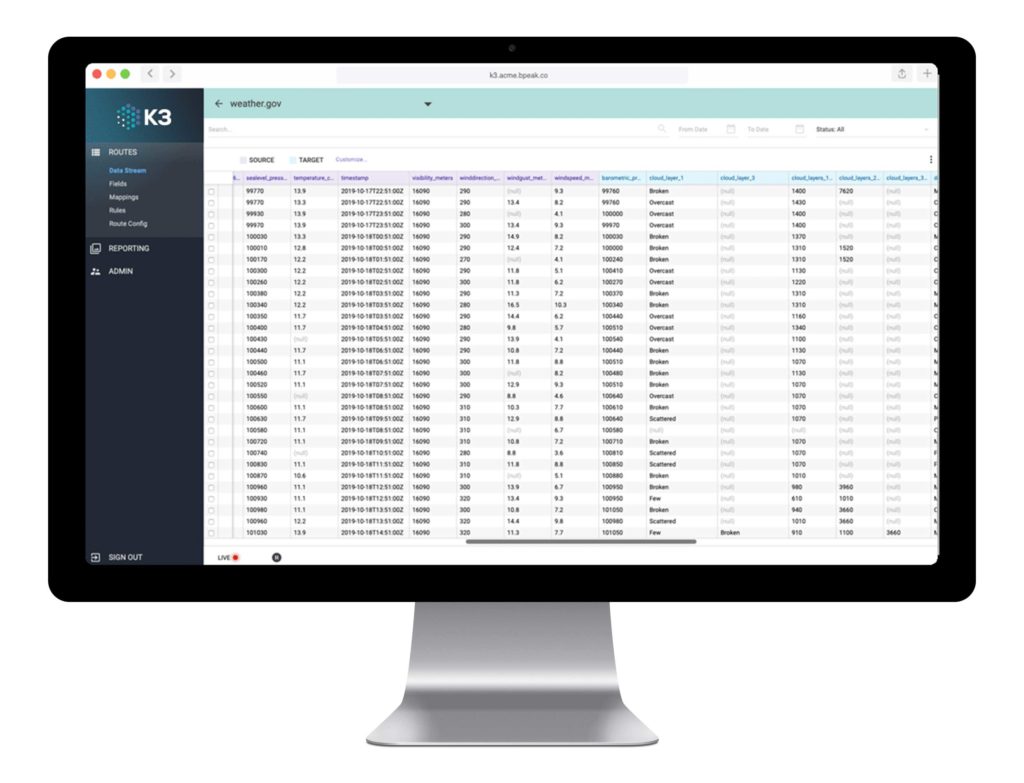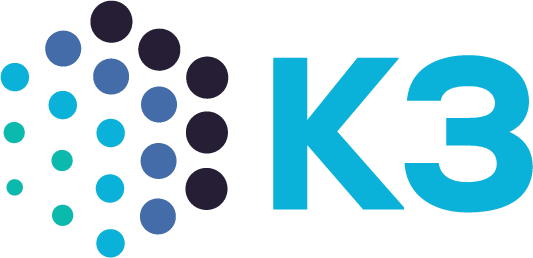When it comes to data management, open source and highly-scalable databases take the cake, particularly when using k3 data integration solutions.
Among the most popular of these databases is MongoDB, which is perhaps the most famous of the NoSQL databases, allowing you to store and process structured and semi-structured data with ease.
What is the advantage of using k3 data transformation tools with MongoDB, and how can company leaders improve their business response architecture using this NoSQL database? For that matter, what is a NoSQL database? Let’s take a deeper dive into MongoDB to see how it works alongside k3 data transformation technology.
PRO TIP:
You can check MongoDB’s official documentation once you’ve set up your database for quick tips and additional information.
Why Use MongoDB
MongoDB has several features that help it stand out from other data management solutions, including:
- Document Data Model—with NoSQL, developers are able to move faster, using MongoDB’s JSON-like architecture, BSON.
- Open Source—MongoDB can be used by anyone, anywhere, using Broadpeak Partners data integration.
- Distributed Database—with horizontal architecture at its core, MongoDB is easy to scale, both in terms of size and geography.
MongoDB has evolved significantly since the release of 1.0 in 2009. In 2017 the organization became a publicly-traded company on NASDAQ, and its powerful architecture has made it the database of choice for companies ranging from IBM to Barclays to eBay and beyond.
There’s one additional big benefit to no SQ solutions. MongoDB databases are not affected by SQL injection attacks, which are a main cause of corporate data breaches.
MongoDB databases are not affected by SQL injection attacks, which are a main cause of corporate data breaches.
These key attributes have made MongoDB a popular choice for data management. Yet it’s not the only database solution available for use with k3 data transformation tools. Why use MongoDB in comparison to other similar databases?
What MongoDB Does Differently
Relational databases are increasingly ill-equipped to handle the massive data needs of modern digital enterprises. Moreover, unstructured and semi-structured data are more important than ever, particularly when it comes to developing AI and ML tools.
Databases that only store structured data, such as ones using SQL, are becoming outdated for data movement. In contrast, MongoDB utilizes a NoSQL system for data management, allowing for the storage of document and field-based data rather than SQL’s rows and columns.
Databases that only store structured data, such as ones using SQL, are becoming outdated for data movement. In contrast, MongoDB utilizes a NoSQL system for data management, allowing for the storage of document and field-based data rather than SQL’s rows and columns
As a non-relational database solution, MongoDB has earned its popularity, and can help you de-silo your data organization by using k3 data transformation.
Alternatives to MongoDB
In addition to MongoDB, company leaders may consider the following for their database needs:
No matter the database, k3 adaptors can get your business response architecture up and running faster and more efficiently than ever. While MongoDB is a great solution for non-relational database needs, there’s nothing like the power of data migration using k3 to fundamentally transform the digital nature of your business. To find out more, try a demo today.








